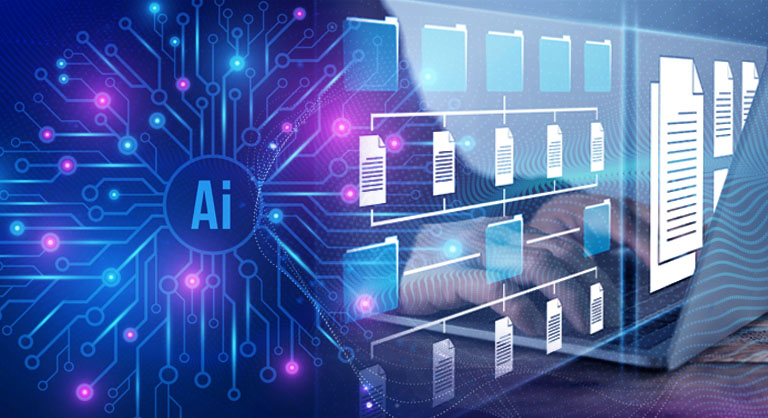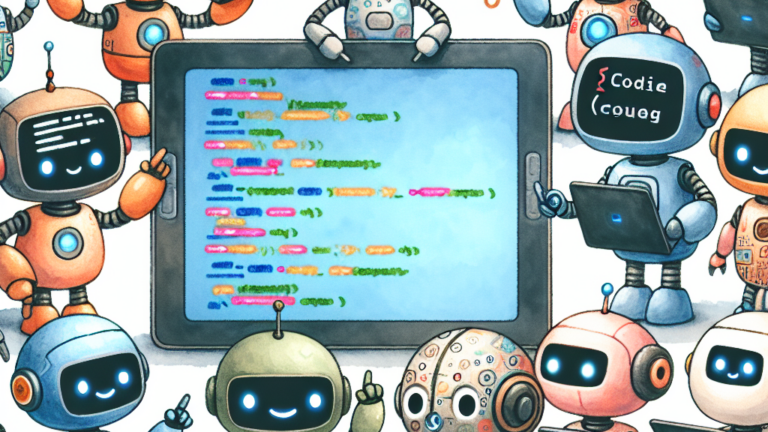Powering Efficiency: How Generative AI is Transforming Technical Document Management

Introduction
We all spend too much time finding the right piece of information at work. It could be in Confluence, email, Google Drive, Outlook, or one of many other systems. Even after we find the right document it can be tough to track down what we need, particularly if a document is highly technical and hundreds of pages long.
To help solve this problem we’ve teamed up with Yurts, a secure and private Generative AI (GenAI) integration platform that was built with the enterprise in mind. Combining Redhorse’s technical and subject matter expertise with the Yurts enterprise platform enables us to offer scalable solutions to help people spend less time searching for information and more time taking action.
In this blog post we’ll explore the challenges encountered by the Energy team within our Federal Enterprise Services practice and how leveraging Yurts enables us to support engineers and maintainers in the field who need to assess and remediate broken components of electrical systems.
Challenges in the Energy System Maintenance
Having a reliable electric grid is one of the modern marvels that we take for granted in the United States. While we rarely give it a second thought, there’s a whole infrastructure that must be maintained to provide us with a consistent source of electricity. The hardware that makes up this infrastructure, from smart meters to renewable energy sources like solar panels and wind turbines, is incredibly complex. The reference guides for this hardware can be hundreds of pages long, so finding the right piece of information within even a single document can be a time-consuming task.
Finding Relevant Information More Quickly
To solve this problem, Redhorse and Yurts are working together to make technical documentation more accessible to those who need it. To do this, we first create collections of documents for each use case. For example, we can create a collection consisting of technical documentation related to an electric meter. Once in a collection, users can interactively query the documents, which may be thousands of pages long in total. Responses are generated directly from the source documents, so users can have confidence in the accuracy of the information. To further increase trustworthiness, citations to the source documents are available in the text of the response.
Aggregating and summarizing information from across many multi-hundred-page technical documents enables users to quickly find the information they need to address issues with the meters. This will lead to increased efficiency and uptime while reducing costs. For organizations that manage large infrastructures this could be a large improvement over current processes.
Conclusion
With the assistance of platforms like Yurts, it is becoming easier to find the information you need more quickly. When you spend less time looking for information you’re able to spend more time on action-oriented tasks.
If you’re interested in learning how your organization could benefit from this solution, reach out to schedule a demo or meet us at Energy Exchange in Pittsburgh from March 26-28, 2024.



